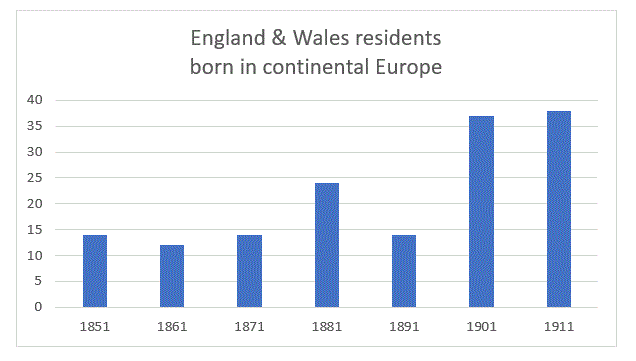A family of coal trimmers in South Wales

Image: Betty Wills / CC BY-SA (https://creativecommons.org/licenses/by-sa/4.0) On the St David's Day weekend I had to choose a Wales-focused topic for this blog post! The following item is based on an article I wrote in 2015 for the Glamorgan Family History Society journal. In the course of my CLOSE one-name study I have been researching a family which migrated to the Cardiff area from Gloucestershire in the 1840s, no doubt attracted by the availability of work associated with the coal industry. Gloucestershire origins The family which moved to the Cardiff area from Gloucestershire in the mid-1840s consisted of William CLOSE, b 19 Feb 1819 in Stoke Gifford, his wife Sarah THOMAS, b 1815, and their two sons Edwin, b Marsh Common 1843, and Jesse, b Marsh Common 1844. Sadly Sarah died of typhus fever in 1845 at the age of 30, and in 1849 William married again, to Caroline REED, producing two more children: Kish, b Cardiff 1850, and Louisa Mary, b 1854 in Cardiff.



